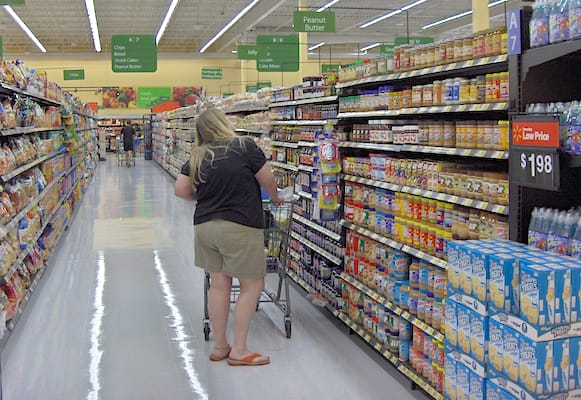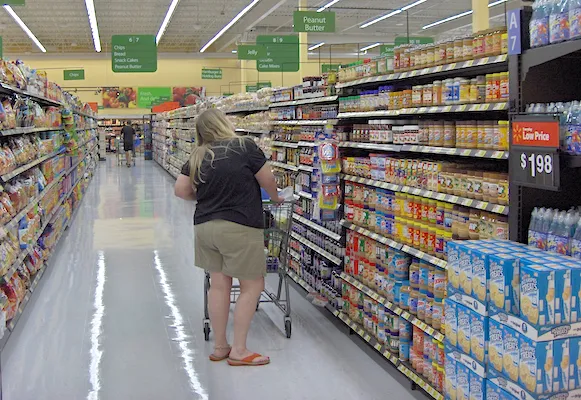MIAMI — Within five to seven years, 70% of U.S. consumers will be doing at least some of their grocery shopping online, according to research findings released by the Food Marketing Institute and Nielsen at the FMI’s Midwinter Conference here.
The second-year findings of the “Digitally Engaged Food Shopper” study estimates that American consumers will be spending $100 billion annually, or about $850 per household, online for food and beverages by 2022 or 2024. Last year’s research had suggested that online grocery spending would hit that benchmark by 2025.

“The grocery industry is currently in the age of digital experimentation, where the roadmap on how to navigate and achieve real and profitable growth continues to evolve,” said Chris Morley, U.S. President FMCG and Retail, Nielsen. “While analytics will continue to be critical for retailers and manufacturers to understand the digitally engaged food shopper on a deeper level, a collaborative approach to balancing physical and digital sales strategies is the key to unlocking omnichannel success.”
This year’s study also identified six organizational imperatives that can help retailers and manufacturers accelerate their omnichannel success. They are:
- Align organizational structures for omnichannel success. Companies should integrate their digital offerings in parallel with brick-and-mortar operations.
- Address discrepant datasets. Master data files should be scrubbed for discrepancies, because strength in data and accuracy is a critical component to successfully support online sale efforts.
- Integrate forecasts to increase operational efficiencies. Online and offline forecasting should be integratee so that the right amount of inventory is available to meet orders through either channel.
- Optimize Shopper Insights. Retailer and manufacturer shopper information should be bought together into a single, comprehensive view of customer insights.
- Improve marketing and promotions. The management of omnichannel marketing and promotions should be optimized.
- Merge digital and in-store shelf capabilities. The physical shelves and their digital counterparts should be managed with an eye toward creating a seamless shopping experience, where consumers see the same information both on or offline.
“People, process and technology are the trifecta for a true omnichannel collaboration model,” said FMI chief collaboration officer Mark Baum. “No matter the maturity stage, food retailers and their CPG business partners will find value in leveraging these six organizational imperatives as they respond for a more digitally engaged consumer.”
The second year of “The Digitally Engaged Food Shopper: Developing Your Omnichannel Collaboration Model” study is part of a strategic alliance and multi-year initiative with FMI and Nielsen to uncover comprehensive insights on current and future digital shopping behaviors within the food retail marketplace. A copy of the full report and online readiness assessment is available here.









